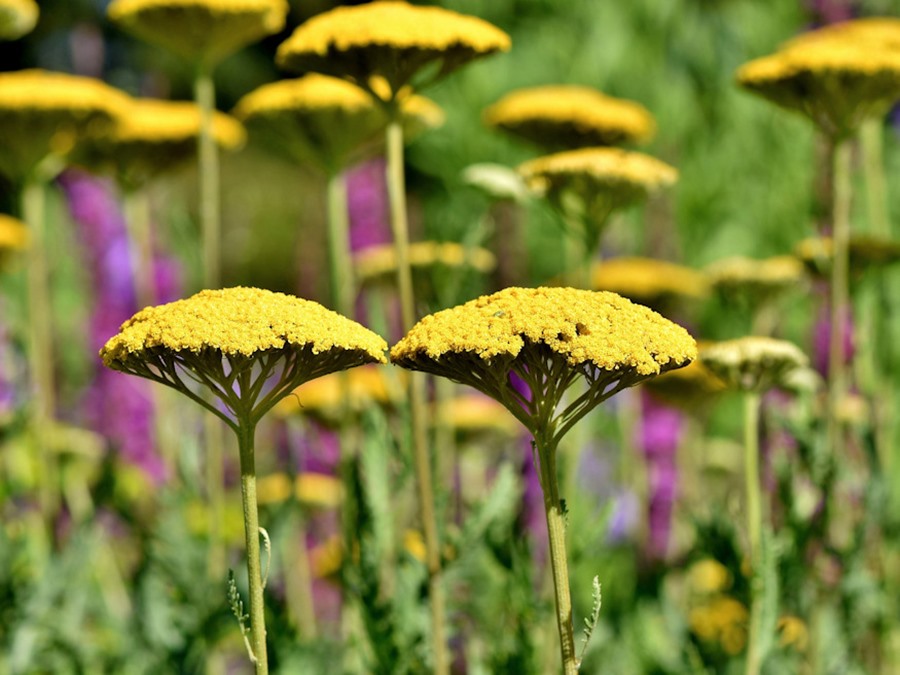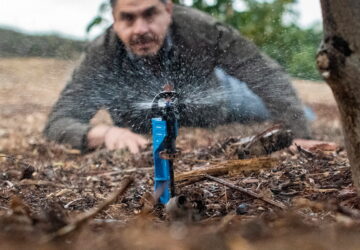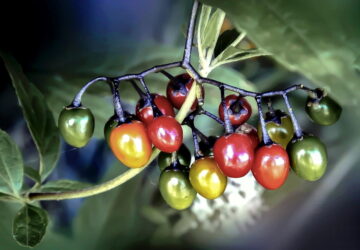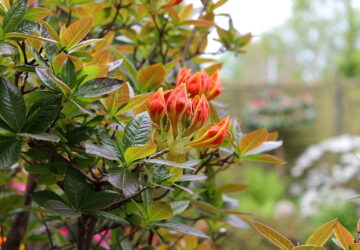In the face of increasingly unpredictable climates, gardeners are seeking resilient solutions for their green spaces. With dry, hot summers and precipitation-scarce winters becoming more prevalent, traditional gardening can pose challenges. However, fear not, for there is a gardening style that thrives in these conditions – the Prairie Garden. In this article, we will explore this innovative approach to gardening, focusing on plant selection, maintenance, and tips to create a thriving prairie-inspired oasis in your backyard.
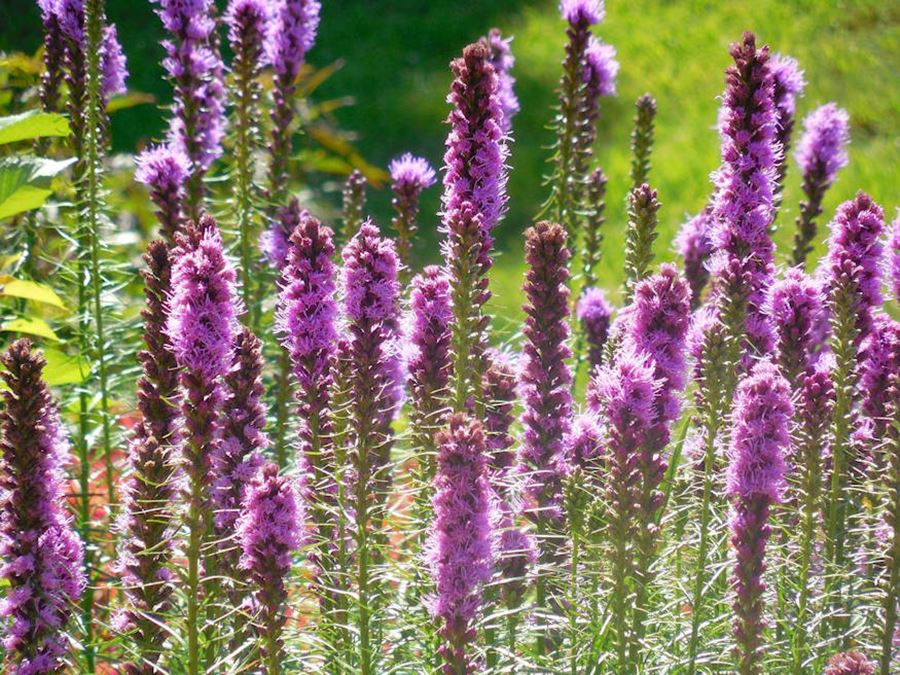
Plant Selection: Embracing the Prairie Aesthetic
Prairie gardens draw inspiration from the resilient vegetation of North American prairies, where harsh conditions are the norm. The key to success in this gardening style is selecting plants that can withstand extreme weather fluctuations. Think of it as a showcase of ornamental grasses and robust perennials, a balance that accentuates the beauty of contrasts.

In an ideal prairie garden, approximately half of your plant selection should consist of ornamental grasses, while the remaining half can be flowering perennials. This blend introduces an element of playfulness as the tall ornamental grasses sway gracefully in the breeze.
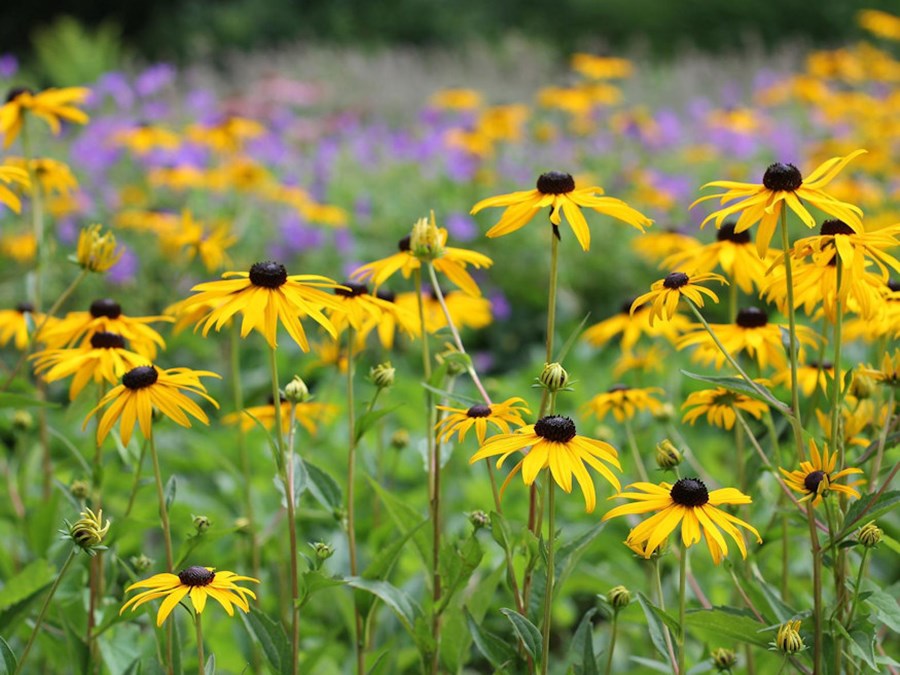
Prairie Garden Plants: Thriving in Tough Conditions
Prairie plants are the unsung heroes of the gardening world. They thrive in both scorching heat and relentless drought, making them perfect for gardens facing erratic weather patterns. However, to ensure their success, there are two critical considerations:
- Well-Drained Soil: Prairie plants detest stagnant water, especially during heavy rainfall. Ensure your garden’s soil has good drainage to prevent the roots from sitting in waterlogged conditions.
- Sunny Location: In their natural habitat, prairie plants flourish in open, sunny spaces devoid of tree cover. Mimic this environment by planting your selections in a location that receives abundant sunlight throughout the day.
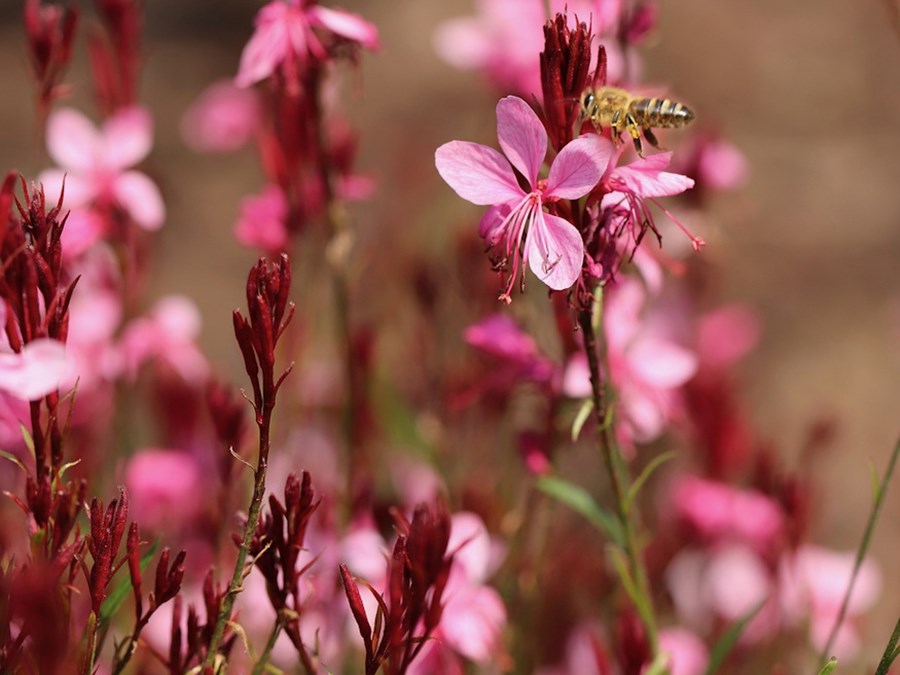
Beautiful Prairie Garden Plants for Your Oasis
Here’s a curated list of prairie garden plants to consider, listed alphabetically for your convenience:
- Achillea (Yarrow)
- Agastache (Giant hyssop)
- Anemone blanda (Grecian windflower)
- Asclepias tuberosa (Butterfly weed)
- Calamagrostis (Reed grass)
- Camassia (Camas or quamash)
- Coreopsis (Tickseed)
- Echinacea (Purple coneflower)
- Eragrostis Spectabilis (Purple love grass)
- Gaillardia (Blanket flower)
- Gaura lindheimeri (Lindheimer’s beeblossom)
- Helenium (Sneezeweed)
- Liatris spicata (Blazing star)
- Monarda fistulosa (Wild bergamot or bee balm)
- Narcissus (Daffodil)
- Panicum virgatum (Switch grass)
- Penstemon barbatus (Golden-beard penstemon)
- Rudbeckia (Black-eyed susan)
- Schizachyrium scoparium (Little bluestem)
- Stipa tenuissima (Mexican feathergrass)
- Verbena bonariensis (Brazilian vervain)
- Veronica (Speedwell)
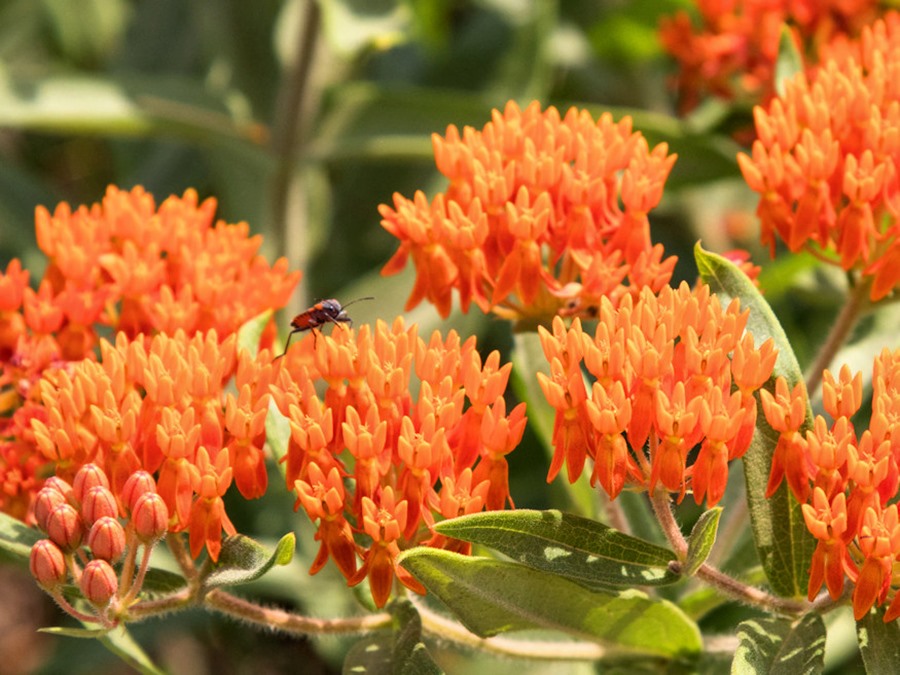
Low-Maintenance Gardening Bliss
One of the significant advantages of cultivating a prairie garden is its low-maintenance nature. These hardy plants require minimal watering and fertilization. Initially, in the first year of planting and during severe water shortages, some extra attention may be needed. However, as your prairie garden matures, you’ll be rewarded with an abundance of vibrant blooms and lush greenery.
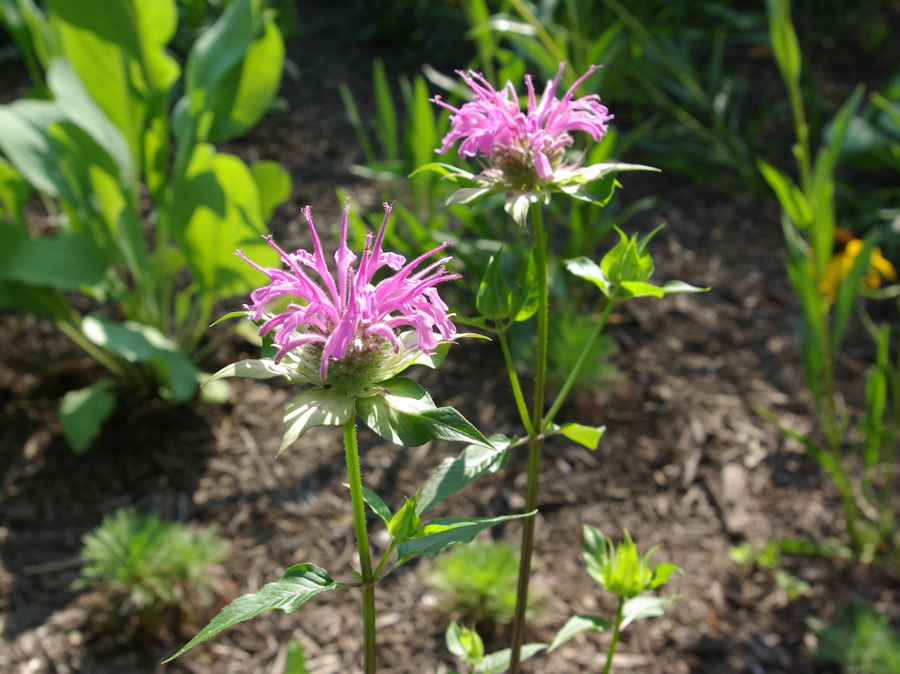
When it comes to pruning, there’s no need for constant upkeep. A single, comprehensive trim at the end of winter is sufficient. This task is quick and easy, easily accomplished with the help of a hedge trimmer.
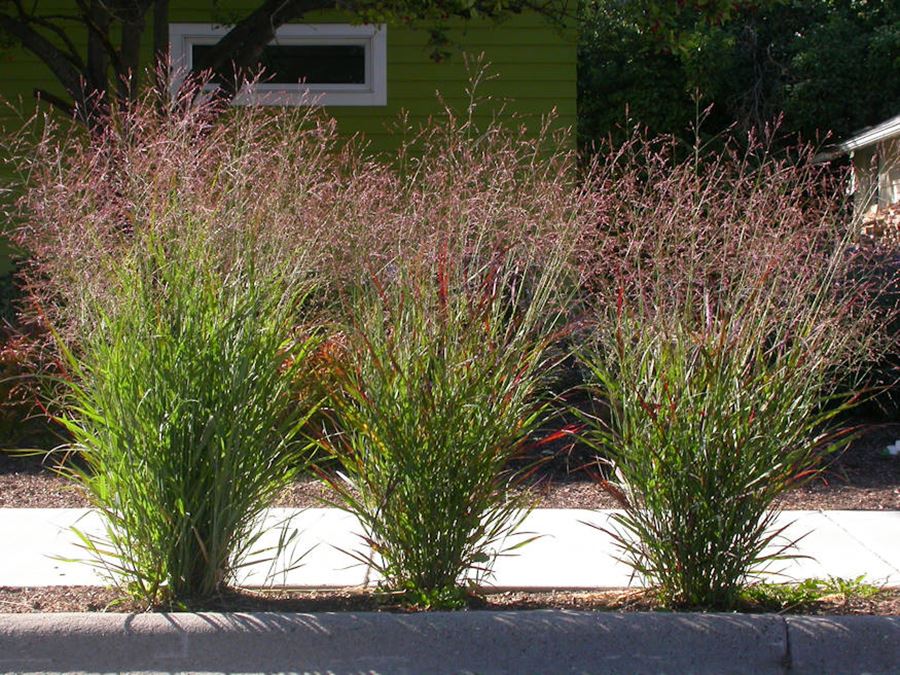
Cultivating Your Resilient Prairie Haven
In the face of a changing climate, the prairie garden emerges as a practical and beautiful solution for gardeners. By carefully selecting hardy prairie plants, ensuring proper soil drainage and providing abundant sunlight, you can create a garden that not only survives but thrives in challenging conditions. Embrace the beauty of the prairie and enjoy a low-maintenance oasis in your own backyard, where the resilience of nature meets the artistry of gardening. Happy planting!

